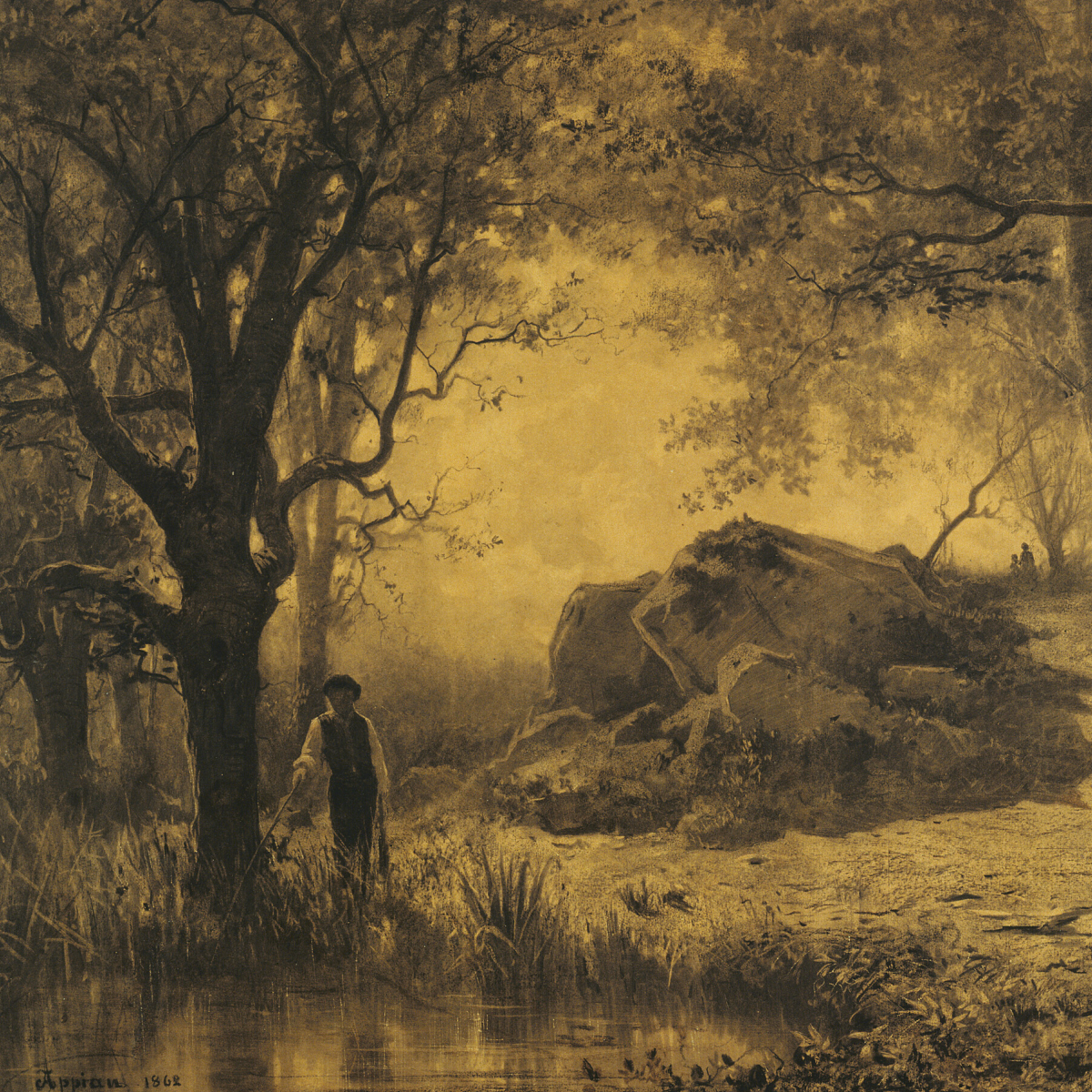Over the centuries, stories of frightening characters have been used to scare children into following the rules and keep them out of dangerous situations. These type of monsters and folkloric creatures are known as nursery bogies. They embody a variety of different character types—from mischievous to terrifying to even dangerous. On the whole, they were not feared by adults, but children believed in them, and so they often served their purpose by encouraging children to be cautious. The concept of nursery bogies arose in many different cultures, but I will be focusing on stories from the UK and US.
Parents Used Nursery Bogies to Encourage Good Behavior in Children
Nursery bogies were often used to threaten children into good behavior. Elizabeth Mary Wright offers up a long list of these “fictitious personages invented to terrorize the young” in her book, Rustic Speech and Folk-Lore. For example, if a parent wanted their children to come home at a certain time, they might threaten to send Mumpoker after them, or warn them that perhaps Old Scrat will get them if they dawdle out in the woods. Other frightening beings that parents could invoke as needed included Knocky-Boh, “who taps behind the wainscot;” Tom-Poker, “who inhabits dark closets, holes under stairs, unoccupied cocklofts;” and Tom Dockin, “a bogie having iron teeth, with which he devours bad children.” (Scary!)
Some Nursery Bogies Served as Protectors of Fruits and Nuts
Other nursery bogies had special roles, like to protect orchards where nut or fruit trees grew (which were important to the rural economy). In her book, Wright describes Churnmilk Peg and Melsh Dick as two “… wood-demons supposed to protect soft, unripe nuts from being gathered by naughty children, the former being wont to beguile her leisure by smoking a pipe.” Awd Goggie similarly watched over unripe apples to keep children from taking a snack. And the Gooseberry Wife is my particular favorite. She was an enormous furry caterpillar who guarded gooseberry bushes. Parents utilized these cautionary characters to keep their children from eating or damaging the crops.

Jenny Greenteeth: Scaring Children Away from Dangerous Bodies of Water
Another category of nursery bogies were meant to frighten children so that they would stay away from dangerous rivers and ponds. These water demons have different names depending on the region where the stories come from, but they are all essentially the same bogie—they lurk in bodies of water, waiting to drag children down into the depths.
Some of the names this water demon is known by include Grindylow, Nelly Longarms, Peg Powler, Rawhead-and-Bloody-Bones, and Jenny Greenteeth. I encountered several physical descriptions of Jenny Greenteeth while researching for this post. She is depicted primarily as having long and green features—long arms, long fingers, long hair, long nails and green skin, green fangs/teeth, green hair.
I came across an interesting article regarding Jenny Greenteeth published in 1983 in the journal, Folklore. In “Lemna minor and Jenny Greenteeth,” the author, Roy Vickery, explores some of the history of this nursery bogie and her relationship to the aquatic plant, lesser duckweed (Lemna minor). He writes:
Jenny Greenteeth has her main stronghold in watery places in the Liverpool area, where she is still employed to frighten youngsters. Usually she is considered to be a bogey who inhabits quiet pools and drags venturesome children down into the depths; sometimes she is considered to be the harmless water plant Lesser Duckweed, ….

I found it intriguing that a plant may have been the origin of Jenny Greenteeth. Vickery explains that for some people, Jenny and duckweed were one and the same, but for others, the presence of duckweed floating atop a body of water indicated that Jenny hid deep below. He interviewed a 34-year-old woman for his article, named Mrs. D. Wakeham, who expands on this idea in her response:
The theory was that Ginny [Jenny Greenteeth] enticed little children into the ponds by making them look like grass and safe to walk on. As soon as the child stepped onto the green [duckweed], it, of course, parted, and the child fell through into Ginny’s clutches and was drowned. The green weed then closed over, hiding all traces of the child ever being there. This last point was the one which really terrified me and kept me well away from ponds, and, indeed, my own children have also been told about Ginny, although ponds aren’t as numerous these days.

The Bogeyman: A Contemporary Nursery Bogie
At first I was a bit surprised that both Vickery and Mrs. Wakeham state that Jenny Greenteeth was still being used to scare children away from dangerous bodies of water in the 1980s. Other sources I took notes from made it sound as if nursery bogies had fallen out of fashion in modern times. It caused me to reflect on my own childhood, and I remembered that I grew up with stories of the bogeyman (another nursery bogie!) in the 1980s.
The bogeyman was something or someone that might capture children who weren’t cautious when they were out in the world. For example, if you were to walk too far away from your parents at a busy mall, or if you fell behind your family on a trail in the woods, the bogeyman might get you. The bogeyman was also depicted as a terrifying character in horror movies, like Freddy Krueger in A Nightmare on Elm Street (1984). So for me, I think the bogeyman represented a frightening entity that might take children and potentially harm them.
While writing this post, I decided to ask my teenage daughter if she had heard of the bogeyman because I didn’t remember ever referring to the concept with my children. She said that she knew of the bogeyman, but mainly though pop culture and movies. In today’s world, I’ve read articles suggesting that the bogeyman might now be lurking in the dark corners of the internet and social media. And just last year, the horror film The Boogeyman (2023) was released. It seems to me that the concept of the nursery bogie still persists.
Art credit (featured image): Pond at the Edge of the Wood by Adolphe Appian via rawpixel, licensed under CC0




